In April of 2024, Greenroom Robotics contributed to a landmark achievement in maritime autonomy by successfully completing the autonomous navigation of Endurance Trials, during the final segment of the Patrol Boat Autonomy Trial (PBAT).
Over four days, from April 16th to 19th, the decommissioned Armidale-class Patrol Boat, renamed 'Sentinel', was equipped with Greenroom’s GAMA software. The vessel autonomously navigated a challenging route from Cape Naturaliste to the northernmost point of Geraldton (Bluff Point) and back, covering approximately 1,305 kilometers (705 nautical miles).

The onboard crew included members from Greenroom Robotics, Austal, and Trusted Autonomous Systems, along with a team from Integrated Maritime Systems to act if needed, and a media team from Sky Perth. Throughout the journey, the GAMA software handled all navigation tasks, while the crew remained on standby as a precaution, although no issues arose requiring manual control. The crew onboard was also assisted by Greenroom staff in Austal’s Remote Command Centre, providing updates and any technical assistance required.

The GAMA software maintained autonomous control of the vessel for 95% of the voyage, stopping only to collect some eye-catching shots of the Sentinel along the way. Using its COLREGS-aware autonomy, GAMA identified incoming vessels or hazards in its path and executed close to 150 autonomous avoidance measures across the trial, ensuring the Sentinel successfully navigated out of any potential danger.

The adoption of maritime autonomy on both small, and large vessels such as the Sentinel, delivers substantial crewing cost reductions. The typical crew of an Armidale-class patrol boat ranges from 21 to 29 crew members at an average salary of A$55,000, resulting in yearly crewing costs well over $1 million. GAMA essentially reduces this towards $0, demonstrating significant potential savings for a wide number of operation types in the maritime industry.

Whilst GAMA was the primary focus of the endurance trial, all the solutions available on the Greenroom Platform were employed to ensure the trial's success.
Lookout+ was integrated with GAMA to continuously monitor nearby vessels and potential hazards not detected by radar and AIS. This proactive hazard detection enhanced GAMA's ability to adjust the vessel's course as needed, preventing potential incidents and minimising risk to both the vessel and crew. Additionally, by automating routine tasks, GAMA allows human operators to concentrate on critical and time-sensitive decisions, enhancing situational awareness and decision-making efficiency. In the context of the PBAT, this capability is crucial for maintaining national security and protecting Australia’s borders.

Greenroom’s maritime operations software, MarOps, also played a vital role in enhancing the trial’s efficiency by streamlining planning, execution, and data analysis. By ensuring all operations were meticulously documented and aligned with safety protocols, MarOps saved time and facilitated quick onboard decision-making. This operational efficiency, when applied industry-wide, can lead to more streamlined processes, faster turnaround times, and reduced downtime, boosting overall productivity in the maritime domain.

Before the real-world trials took place, Greenroom’s mission simulation software MIS-SIM created a digital twin of the Sentinel to simulate the exact route. This preparation allowed the team to optimise strategies and anticipate potential challenges, ensuring a smoother trial execution. The ability to use advanced simulations for planning and strategy can significantly enhance the readiness and effectiveness of maritime operations, reducing the risk of unforeseen issues and improving mission success rates.
Throughout the trials, Greenroom’s team onboard, including a test director and two technical support staff, worked in continuous shifts to ensure seamless execution. Their efforts ensured that the trial objectives were met with nothing less than precision. One of the most significant advantages of GAMA is its ability to undertake high-risk missions without endangering human lives. Autonomous vessels can be deployed in hazardous environments, such as minefields or areas with high threat levels, to perform tasks that would otherwise pose significant risks to crewed vessels. This capability ensures that critical operations can be carried out with minimal risk to personnel, preserving human life while maintaining operational effectiveness.
The successful completion of the PBAT Endurance Trials showcases the transformative potential of autonomous maritime technologies, not only in a defense context but in the wider maritime domain. By working collaboratively with Austal as a strategic partner, Greenroom Robotics looks forward to making safer and cleaner oceans through the ethical application of Robotics, Autonomous Systems and AI (RASAI).

If this project has sparked your interest or you see potential applications for your business, we invite you to reach out to us. Discover how Greenroom Robotics' cutting-edge autonomous technologies can revolutionise your operations. Contact us today to explore collaborative opportunities and take the first step towards a safer, more efficient maritime future.


